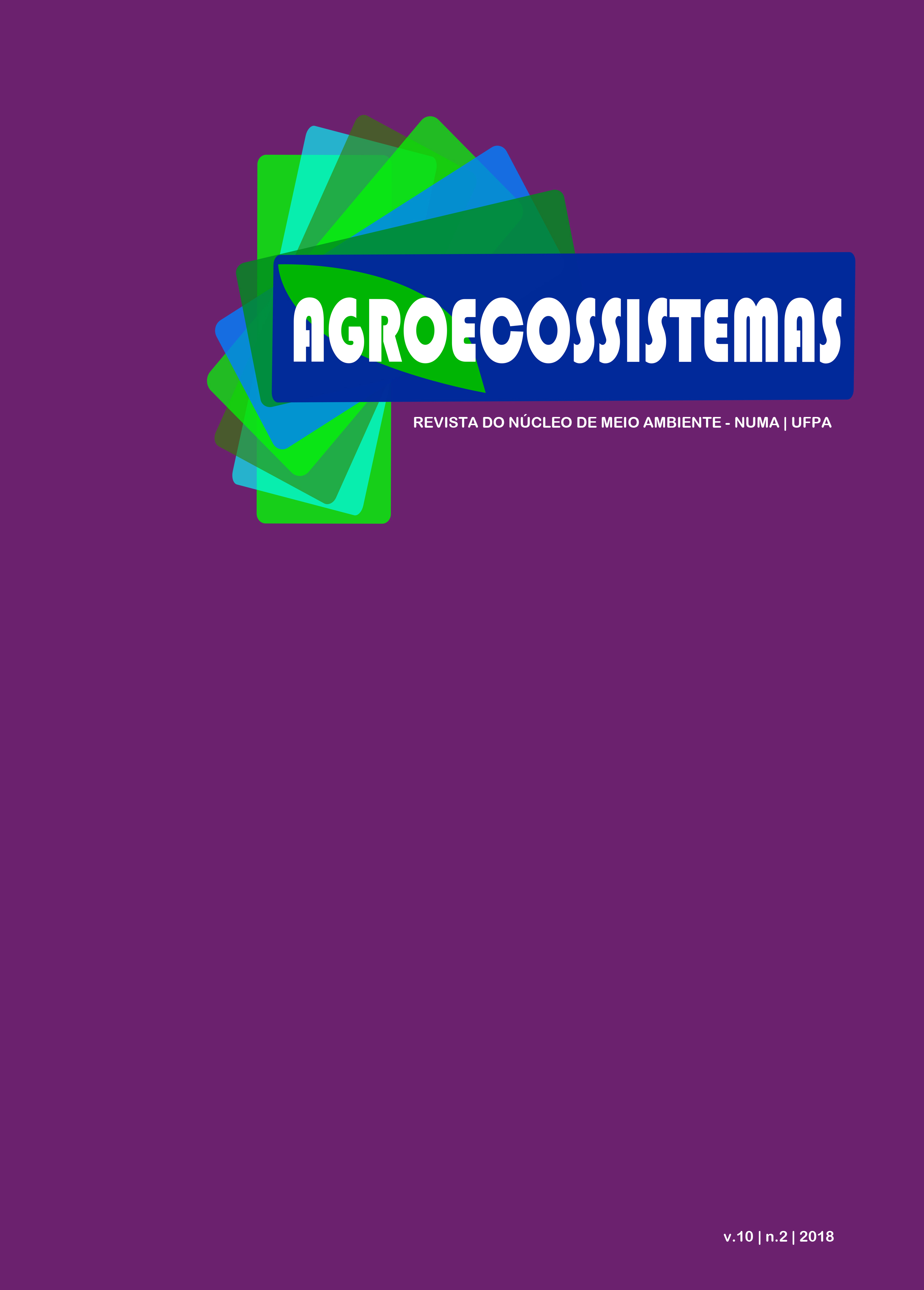PHYTOCHEMICAL ANALYSIS AND ANTIFUNGAL ACTIVITY OF ETHANOLIC EXTRACT FROM LEAVES AND MACACAPORANGA WOOD RESIDUE
DOI:
https://doi.org/10.18542/ragros.v10i2.5189Abstract
Plant oils and extracts have emerged as a promising alternative for the control of phytopathogens, and the solid residue from the hydrodistillation of essential oils can also be tested in order to obtain bioactive molecules for this purpose. The objective of the study was evaluate the antifungal activity of the residual ethanolic extract of leaves and macacaporanga wood on the fungus Alternaria sp. from eucalyptus leaves. The extracts were obtained by Soxhlet, after extraction of the essential oil, and the phytochemical screening was performed by thin layer chromatography. In the biological assay, the extracts were tested at the concentrations of 10%, 20%, 30%, 40% and 50%, being solubilized in water, added in potato-dextrose-water (PDA) medium and poured into Petri dishes. After solidification of the medium, a PDA disc containing the structures of the fungus was deposited centrally. The control treatment consisted of the deposition of Alternaria in PDA, without the presence of extracts. The mean diameter of the colonies was measured daily by calculating the percentage of growth inhibition. The design was completely randomized, in a factorial scheme, with four replications. The presence of terpenoids and flavonoids in leaves and wood extracts was verified. The extract of the wood and leaves provided ICPs of 30.3% and 21.4%, respectively. Concentrations of 40% and 50% caused the greatest reductions in fungus growth. Both extracts presented a fungistatic effect in the tested concentrations, being the one of the wood more promising in the reduction of the mycelial growth of the fungus.KEYWORDS: Alternative control, Fungus, Vegetable waste.Downloads
Additional Files
- Colônias do fungo Alternaria sp. (Eucalipto), submetidas às diferentes concentrações dos extratos residuais de folhas de Aniba Parviflora (macacaporanga). (Português (Brasil))
- Colônias do fungo Alternaria sp. (Eucalipto), submetidas às diferentes concentrações dos extratos residuais da madeira de Aniba Parviflora (macacaporanga). (Português (Brasil))
- Percentual de inibição do crescimento (PIC) de Alternaria sp. submetidas a diferentes concentrações dos extratos residuais de macacaporanga (Português (Brasil))
- Carta de Submissão (Português (Brasil))
Published
2018-11-19
Issue
Section
Notas Científicas/Técnicas


